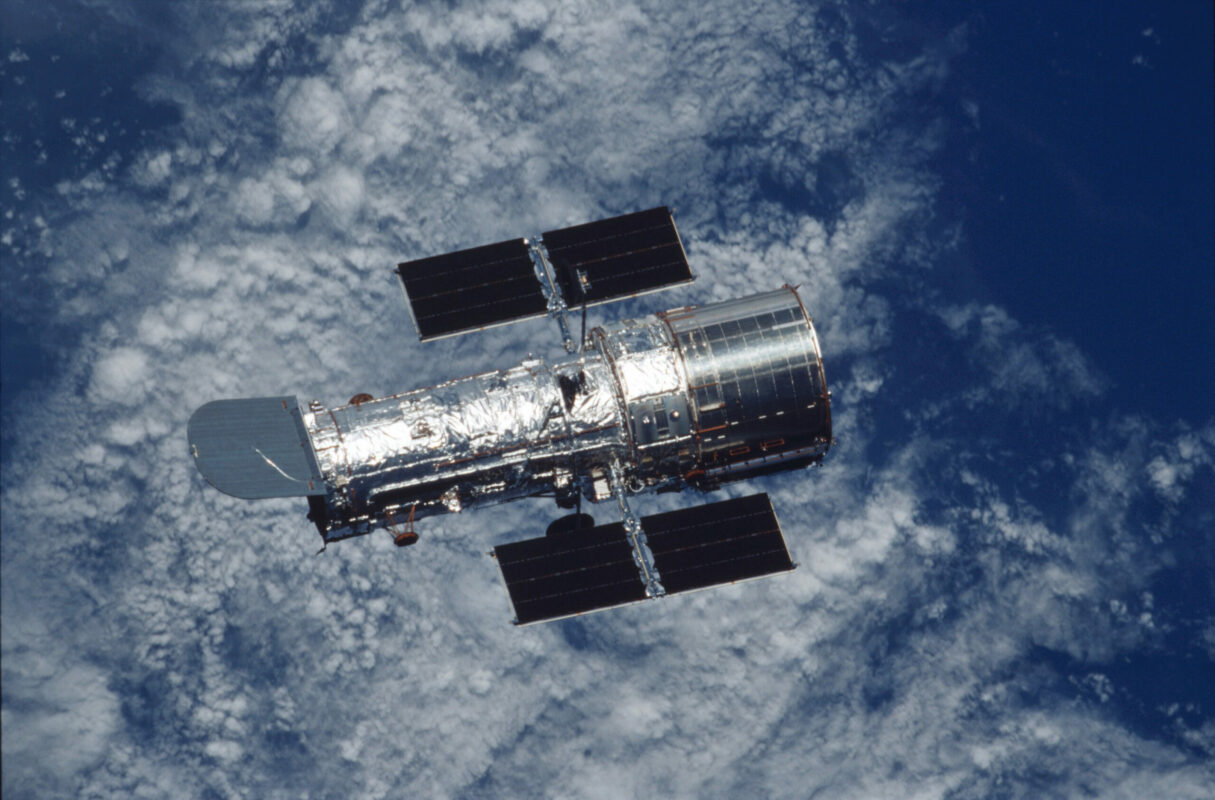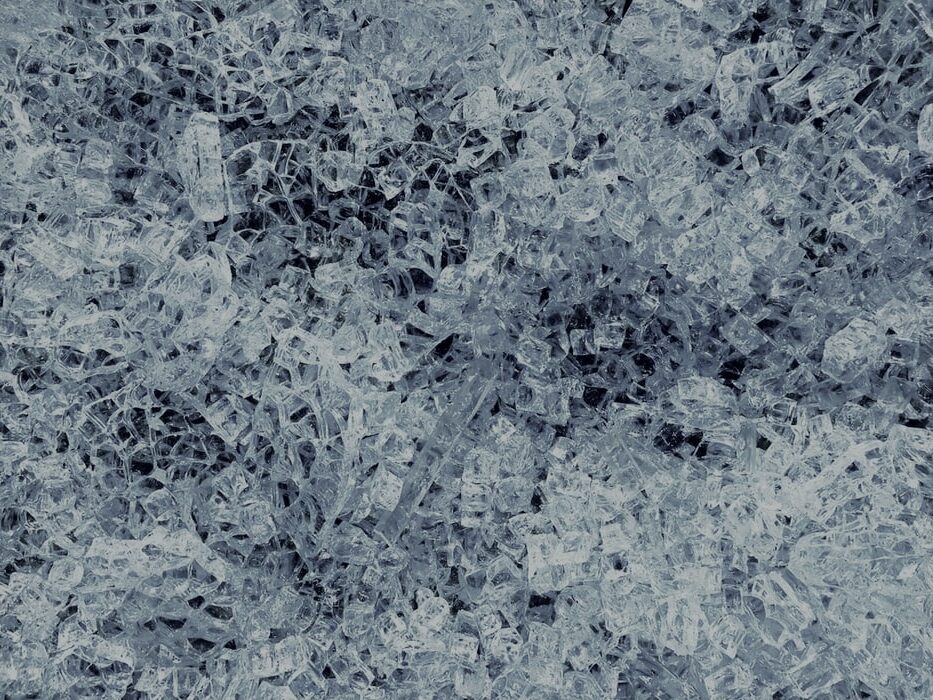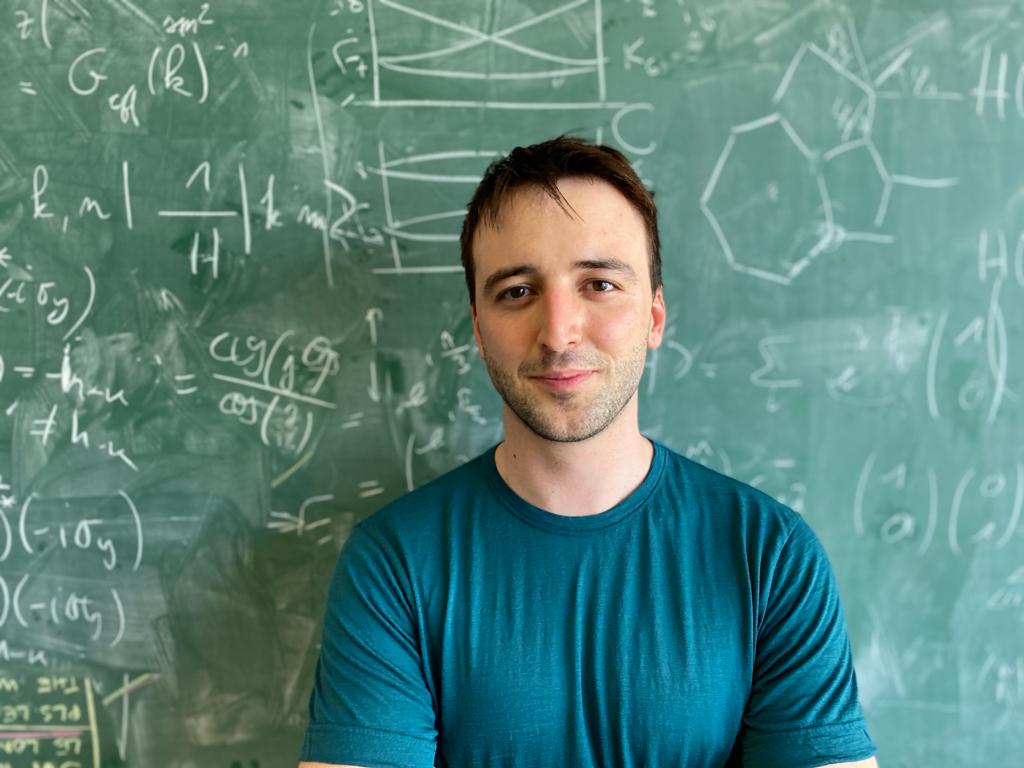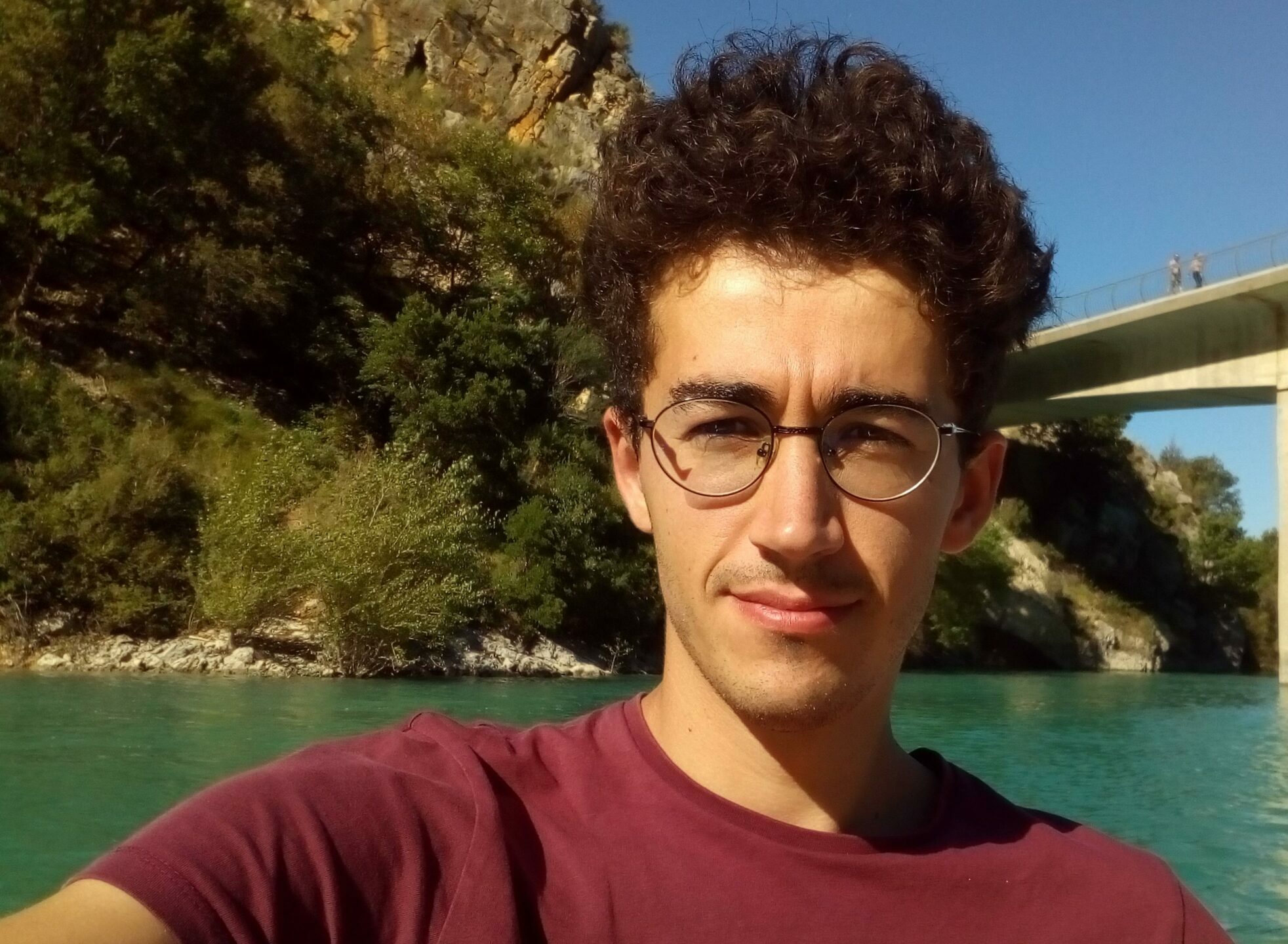Credit: NASA, ESA and A. Nota (ESA/STScI, STScI/AURA)
The sun is a fixture in our sky. But how did it get there? And was it always alone in our solar system? Maria Lugaro, astrophysicist and Teamleader of Project Radiostar seeks to answer these questions. She and her team try to map out the history of our solar system by analyzing radioactive nuclei. In this interview she gives some insight in her research and explains what it tells us about our place in the universe.
42: What is the focus of your research at Project Radiostar?
Maria Lugaro: We analyze radioactive nuclei to learn more about the formation of the Sun and the time that led up to it. It’s a special type of nuclei because they decay. That makes them very interesting because they turn into another nucleus and they release energy when they do that. They don’t just sit there as they are forever, at some point they change into another nucleus. And that’s the kind of tracers that we want to use with this project, because they change into another nucleus with a certain typical time.
Maybe people would be familiar with carbon dating which is used to date human artefacts, for example human bones. Because if I know how much carbon 14 should have been there, but I only measure half of it then 5,000 years must’ve passed. The idea is quite simple.
We want to use radioactive nuclei in the same way to measure time intervals that are related to the birth of the Sun. It’s exactly the same method, but we apply it to something much further back in time.
Carbon Dating is a scientific process to determine the age of organic material. Scientists use a radioactive isotope of carbon called c14. Plants and animals exchange carbon either with the atmosphere, or through their diet. While they are alive, they have the same amount of carbon in them as their surroundings. Once they’re dead, this exchange stops. Because c14 is radioactive and therefore unstable, it slowly decays and turns into another nucleus. This means the number of c14 nuclei continues to dwindle. Since we know how long it takes for c14 to decay, we can use the ratio between c14 and more stable forms of carbon to determine how long something has been dead.
Where do you find these nuclei? Human artefacts or bones can be found in the ground, we can’t go to the Sun and pick up nuclei.
Luckily, we have meteorites. Meteorites contain solids that formed very early, right around the time the Sun was born. In fact, we used these solids to determine that the Sun is 4.67 billion years old. But this was 4.6 billion years ago and we’re looking at nuclei that decay in one million years so the original nuclei aren’t there anymore. However, we can see the nuclei they became.
For example, aluminium 26 is a radioactive isotope. It decays in a million years. But we know that it was present when the Sun formed, because it becomes magnesium 26. And in some of these solids, there’s a lot of magnesium 26. It doesn’t make sense for there to be so much magnesium unless it was aluminium first.
It’s amazing how high the precision is. Here is a piece of rock, you put it in a laboratory with a mass spectrometer and you count how many atoms of magnesium 26 there are.
Can you give us an idea of what these timescales we are talking about?
We’re looking at nuclei that decay in millions of years. Star formation is a process that takes millions of years. So if we have clocks that are sensitive to millions of years, we can measure timescales related to the formation of our star.
What is so interesting, is that we’re looking at timescales that are very different in scale. People often don’t even consider the 10, 20 million years of star formation in their models, they just assume it’s instantaneous. We have to go back in time 4.6 billion years. And within that, we need to study something that is relatively short. We have to go into detail into these little slivers of time, relatively speaking. The age of the whole Milky Way is 13 billion years, and we are interested in something that happened within 30 million years. You have to be very, very detailed. That’s why these nuclear isotopes are so useful, because they have exactly that timescale.
What’s the importance of using more than one nucleus?
We have to go back in time about 6 billion years, we have to try to understand the production of these nuclei, how they decay. The analysis of nuclei that are about 6 billion years old is prone to errors. To make sure our theories are correct, we use several nuclei to cross-check. I think this is the strength of the project. We have 19 of these nuclei and they all have different ranges. Each of them is like a little clock. Some of them have similar timelines. Some of them have similar origins. I’m not happy with just one number. I want to have at least two or three numbers. Only then can I start believing something.
What type of information are you hoping to gain from these nuclei?
I’ll give you a very practical example. We derived how long before the formation of the Sun a rare stellar event happened that produced three of these radioactive nuclei. We were able to find the time that passed between this event and the formation of the Sun. Then we have to wait about 200 million years for the Sun to form. But 200 million years is pretty long, so we tried to find something closer to the birth of the Sun. We have another two or three nuclei, but they’re from lower mass stars, which are quite common. This time we find 20, 30 million years between when they were produced and the birth of the Sun. So now we’re getting closer and I can say the birth of the sun couldn’t have taken longer than 20 or 30 million years.
What is interesting is that we keep on looking at more nuclei, but we haven’t been able to find any nuclei that strongly suggest the process of forming the Sun could have taken 2 million years. That’s very important because 2 million years is very short. That only happens when you have a very small group of stars forming together. That makes us think that the sun must have formed in a very large group with a big family, with grandparents, parents, siblings. Lots of generations together. It wasn’t just 50 stars. It was probably thousands. This is how we’re trying to map out and connect timescales to the actual physical environment.
What challenges are you facing at the moment?
We don’t do observations in our group. We want to model the production of radioactive nuclei in stars and how they distribute in the galaxy, because that’s our starting point. Then we compare the model with the meteoretic data. And we have the problem that the nuclei are produced in stars, and when stars die they throw the nuclei out. But these nuclei decay. So while they are transported somewhere, you lose them at the same time. That makes it a very complicated picture to paint. We did a lot of statistical modelling because in the end, it’s statistics to try to see a distribution of the things from different sources, but we are trying to do it a bit better. And hopefully we get closer to the confidence I’d like to achieve.
The other thing that we are looking at, the stars that I talked about so far, they were not part of the family. They took billions of years to evolve, they exploded and then they contributed to the formation of the family. But then what happened within the family? Because if it had parents, grandparents, and siblings they could’ve affected each other. Within this family situation, nuclei could have been produced. We are looking at these nuclei and we are specifically looking into massive stars, supernovas, that exploded. Say, some grandparents died before the Sun was born. They could have thrown out radioactive nuclei. When massive stars form, most of them are in a couple. So when they evolve, they affect each other. Right now, no one is looking at the production of radioactive nuclei when you have two stars together. That could change the picture a lot.
Project Radiostar is going on for one more year. What do you hope to have achieved by the end of it?
I would like to really be able to say: This is the time that passed from the beginning of the process of forming the Sun to the formation of the Sun. My main problem now is the statistical problems. That’s why I still have doubts about a few parts. My other goal is that ideally we discover the origin of aluminium 26 in the solar system, because then we can tell if it’s normal or not to have these isotopes in the nuclei. At the moment we have no idea if most stars that are forming have these nuclei or not. There are too many ideas, but which is the right one? Each of these ideas have implications on other theories of stars and planets. My hope is to be able to narrow them down a little bit. This is super ambitious, but who knows. It will be impossible to build a scenario that is final, but I want to build a scenario that is consistent with all the radioactive nuclei. Lots of people tried to explain the aluminum 26 and they didn’t consider the other 18 nuclei.
What is something you wish everyone knew about this topic?
Well, I think it is important to understand that we want to clarify our place in the galaxy. Are we alone? That’s a classic question. And to answer these questions we need a lot of different scientific disciplines. They have to be addressed from many points of views. I think it’s very important that younger people know that they can still make a contribution. That we haven’t solved everything. Sometimes you get this impression that everything is answered. But that’s actually not the case at all. If you feel that urge to be curious, you’re welcome to join the scientific community!
By David Krebs









 © Rose Lincoln
© Rose Lincoln
 Rose Lincoln Photo
Rose Lincoln Photo



